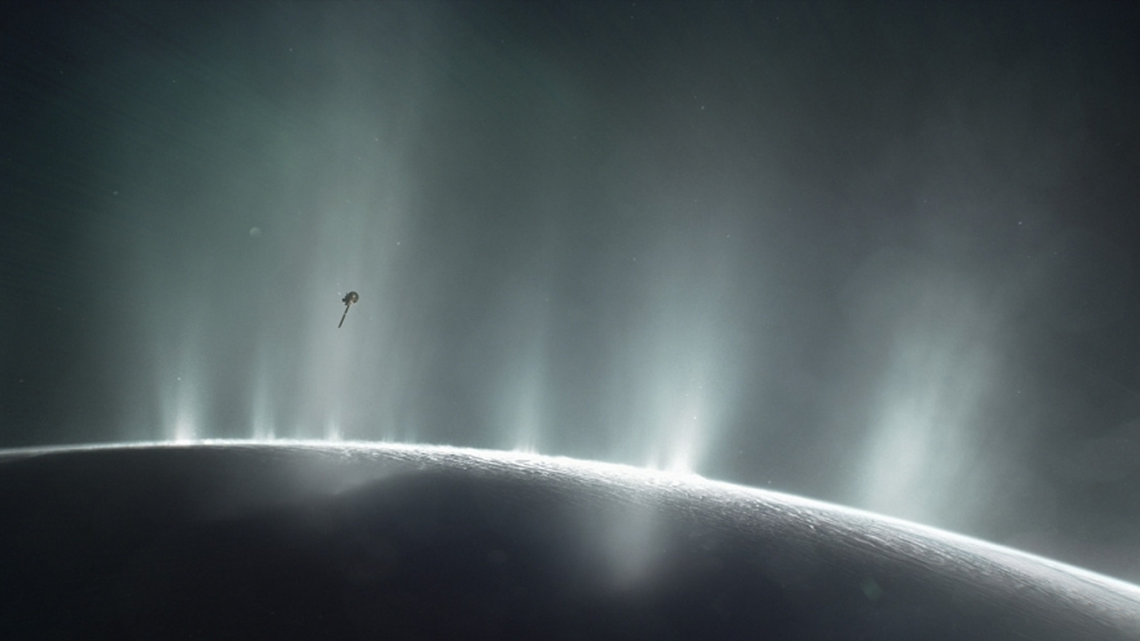James Webb has discovered the largest plume of water ever seen on Enceladus
2 min read
James Webb has discovered the largest plume of water vapor rising from the surface of Enceladus, one of Saturn’s moons. The water column extends much further than the Cassini spacecraft observed in 2005, traveling distances many times greater than the moon itself.
Enceladus is one of the most exciting places for astronomers looking for signs of extraterrestrial life, as it is an oceanic world that may contain the building blocks of life. The ocean there is underground, but water is constantly seeping up from the icy surface.
According to Sarah Fagy, a planetary astronomer at NASA’s Goddard Space Flight Center, the water column Webb detected is “enormous.” The statement was made during a conference at the Space Telescope Science Institute in Baltimore, Maryland, on May 17.
Unfortunately, Vagy did not provide any other details, nor did the footage, which was taken by James Webb. But it won’t be long before we know more about it, as she says a scientific article will be published soon describing the discovery.
Water flowing from Enceladus, mainly through fractures on its surface, brings a potential extraterrestrial ecosystem from the depths. In other words, subterranean oceans could be home to organisms, and plumes of steam could be definitive proof of that.
When Cassini discovered the plumes, there were particles of silica that were likely carried up from the seafloor of Enceladus. The probe has flown over these geysers on numerous occasions, measuring ice grains and finding chemical elements such as methane, carbon dioxide, and ammonia.
However, James Webb has two big advantages: in addition to being more sensitive than Cassini’s instruments, it is much further from Enceladus. This gives you a large enough field of view to see how far the plumes of water vapor go.
In addition to this novelty, Webb also has data that shows us sunlight reflecting off Enceladus, revealing evidence of several chemicals — which may indicate geological or biological activity in the moon’s vicinity. “We have many surprises,” Fagy said.
The news appears to be encouraging, as Webb already has new observations of Enceladus slated for its next round of operations. However, we cannot rush, as we still have to wait for the scientific article to be published.
source: nature

“Entrepreneur. Music enthusiast. Lifelong communicator. General coffee aficionado. Internet scholar.”

:strip_icc()/s04.video.glbimg.com/x720/11792055.jpg)

:strip_icc()/s03.video.glbimg.com/x720/11786998.jpg)



